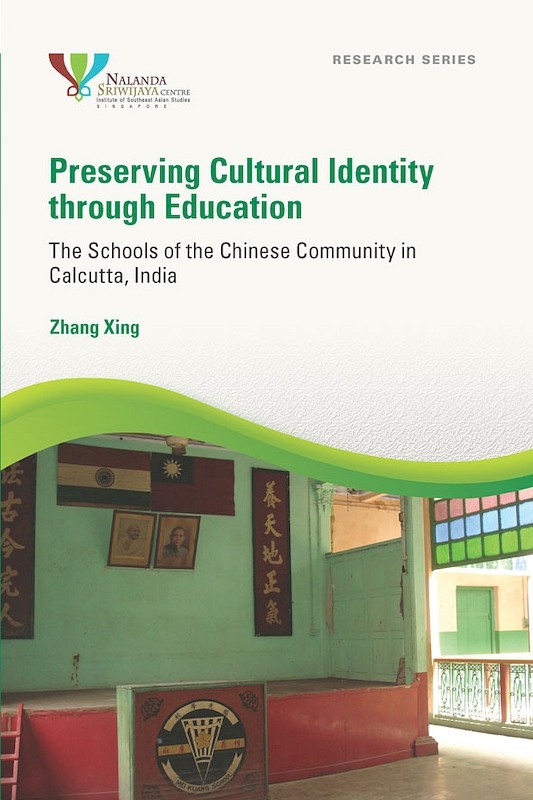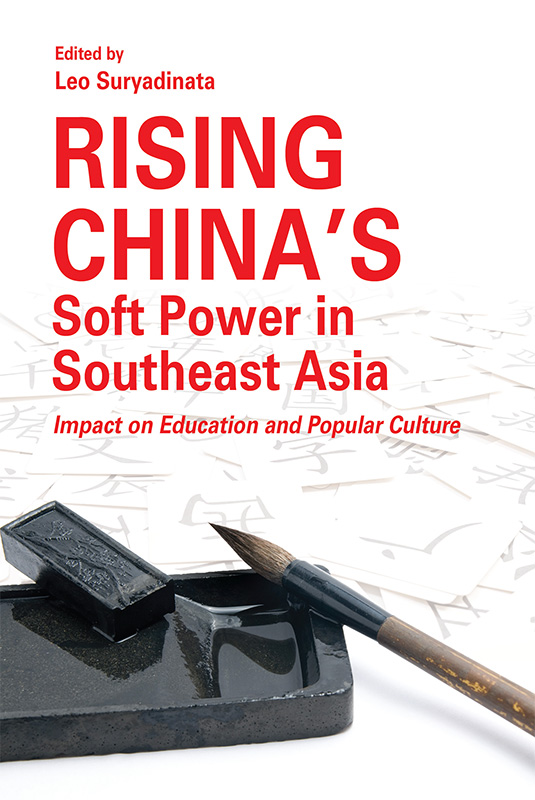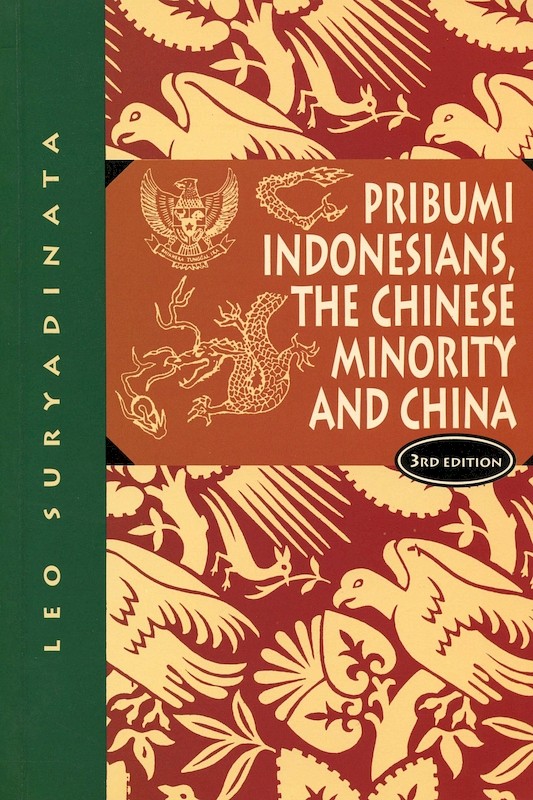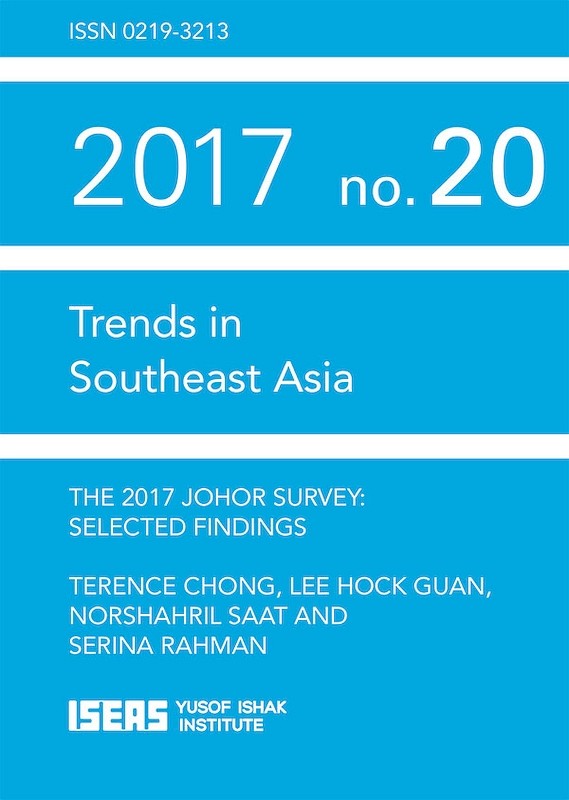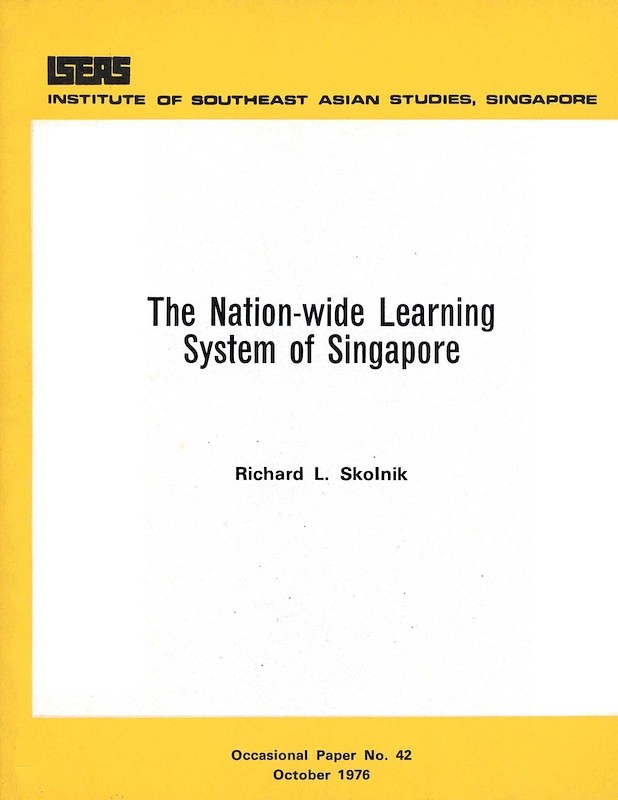Chinese Schools in Peninsular Malaysia: The Struggle for Survival
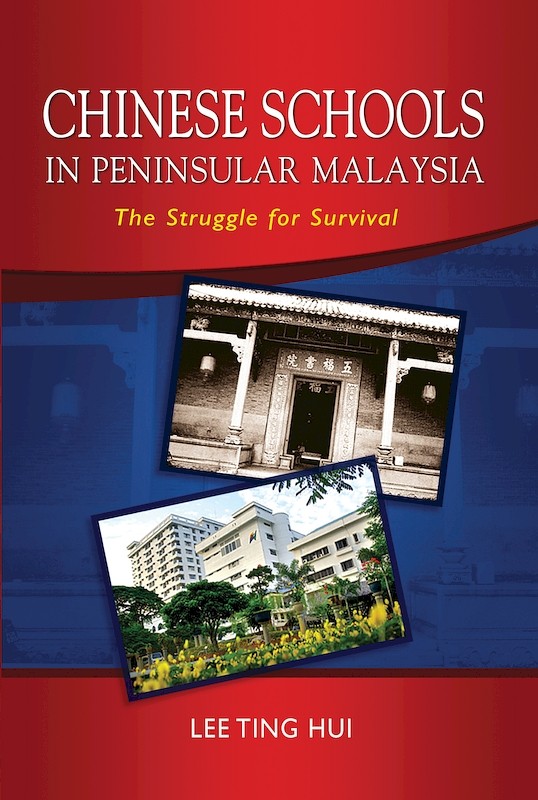
Lee Ting Hui, author
Date of publication:
2011
Publisher:
Institute of Southeast Asian Studies
Number of pages:
284
Code:
BM393
About the publication
The history of modern Chinese schools in Peninsular Malaysia is a story of conflicts between Chinese domiciled there and different governments that happened or happen to rule the land. Before the days of the Pacific War, the British found the Chinese schools troublesome because of their pro-China political activities. They established measures to control them. When the Japanese ruled the Malay Peninsula, they closed down all the Chinese schools. After the Pacific War, for a decade, the British sought to convert the Chinese schools into English schools. The Chinese schools decoupled themselves from China and survived. A Malay-dominated government of independent Peninsular Malaysia allowed Chinese primary schools to continue, but finally changed many Chinese secondary schools into National Type Secondary Schools using Malay as the main medium of instruction. Those that remained independent, along with Chinese colleges, continued without government assistance. The Chinese community today continues to safeguard its educational institutions to ensure they survive.
Contents
-
Chinese Schools in Peninsular Malaysia: The Struggle for Survival
[Whole Publication, ISBN: 9789814279222] -
Preliminary pages
-
1. The Years before the Pacific War
-
2. From the Japanese Occupation to Self-Government
-
3. Towards the "Ultimate Objective" of One-medium Education
-
4. One-medium Education under Rukun Negara and the New Economic Policy
-
5. The 1980s: A Decade of Continuing Challenges for the Chinese Schools
-
6. Vision 2020 and the Chinese Schools
-
7. Conclusion: Challenges and Responses
-
Glossary
-
Bibliography
-
Index
-
About the Author

